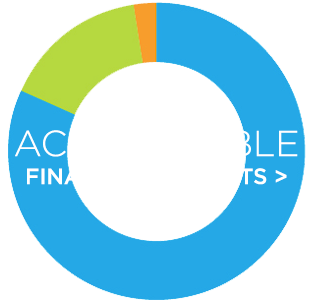Conservation Easement on Lower Henry’s Fork
Teton Regional Land Trust and Mike and Sheralee Lawson partnered to complete a conservation easement on Friday, December 28, 2018. This 44-acre property in Parker, Idaho includes ¾ of a mile of Henry’s Fork river frontage and an upland bench which is in agricultural production. The property lies in a complex of protected property bordered by Bureau of Land Management and Idaho Department of Fish and Game owned lands. It is also across the river from other privately-owned conservation easement properties. The property’s farmland, grass meadows, cottonwoods and willow riparian areas provide habitat for a wide variety of big game, water bird, song bird, raptor, and wild and native trout species. Notable species that will benefit from this land protection include Sandhill Cranes, Bald Eagle, Wild Turkey, cougar, moose, and Yellow-billed Cuckoo-which is listed as threatened by the Endangered Species Act.
As founder of Henry’s Fork Anglers 42 years ago and current general manager, Mike Lawson is an avid fly fisherman who values conservation of the Henry’s Fork River. Lawson said, “It’s the right thing to do. It’s about maintaining a way of life. Ensuring farming and ranching remains part of the landscape. We wanted to conserve the property to be a part of maintaining the character of the area. Having grown up in the area, I’ve seen the development happen slowly over time, but in recent years I’ve really come to see how much of the farmland, ranchland, and wildlife habitat has been lost to development.”
Mike and Sheralee both grew up in the Parker area. The property is special to them both as individuals and as a couple. For Sheralee, a fourth-generation area resident, the property has significant meaning. Her dad grew up in Parker and would often spend time fishing the area river bottoms. She likes to think that maybe her dad walked across this very property in his youth. Mike has floated this section of the Henry’s Fork for over 40 years and he has long admired this stretch of the river for brown trout fishing. Just downstream of the property at the Fort Henry monument, Mike proposed to Sheralee along the Henry’s Fork many years ago. When they saw the property listed for sale, they knew it was important to conserve this special place to ensure the wildlife habitat remains intact and not developed. Mike and Sheralee’s kids are also supportive of their parent’s decision to protect the property with a conservation easement.
“It was wonderful to work with the Lawsons. Their family history in the region and lifelong love of the Henry’s Fork make it especially meaningful to work with them to protect this special property for generations to come,” said Joselin Matkins, Teton Regional Land Trust’s Executive Director.
A conservation easement is a voluntary legal agreement between a landowner and a qualified organization, such as the Land Trust, that limits certain uses of the land, like large scale development, in order to conserve the natural and traditional values of the land. Landowners grant conservation easements to protect the resources of their property for perpetuity while retaining the rights of private ownership. Conservation easements stay with the land forever. This conservation project was accomplished through a partnership between the Land Trust and the landowners. Funding for this project came from the Teton Regional Land Trust’s Eastern Idaho River Conservation Fund and a donation from Mike and Sheralee Lawson.
TRLT has worked with partner organizations and willing landowners for the last twenty-eight years to protect over 34,000 acres through conservation easements and other voluntary conservation options.


